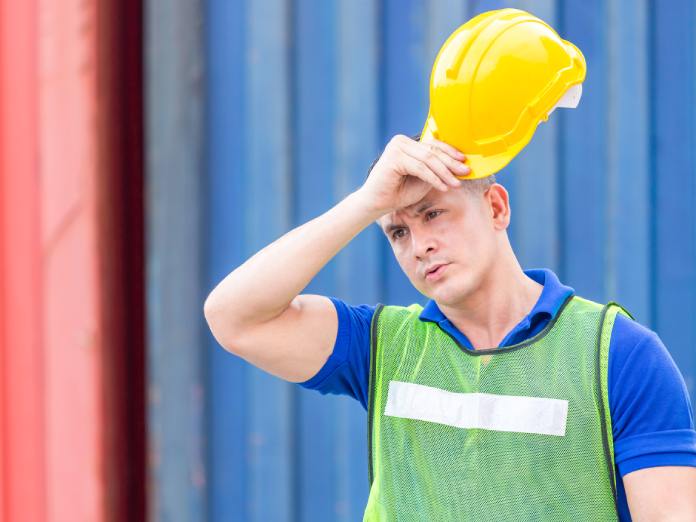Worksites come with plenty of hazards, and your safety gear protects you from them. A hard hat, for example, keeps you safe from head injuries caused by falling objects, impacts, or electrical dangers. Its durable materials, like polyethylene, create a strong outer shell, while the interior suspension system absorbs and distributes impact forces.
But what happens when you skip this essential item? Ignoring your hard hat exposes you to dangers that could change your life in an instant. Today, let’s go over some serious risks of not wearing a hard hat on the job.
Risk of Head Trauma Increases
Falling objects aren’t uncommon on job sites where personnel move tools, materials, or debris above ground level. When you don’t wear a hard hat, you risk head trauma. Specifically, your head takes the full force of impacts that can range from minor to life-threatening.
Dropped tools, like a hammer or wrench, can cause skull fractures or concussions when they strike unprotected heads. Larger objects, like building materials, can result in catastrophic injuries, such as traumatic brain injuries, that lead to long-term mental and physical difficulties.
Hard hats absorb impact force and spread it across the shell, shielding your skull and brain. If everyone wears proper safety gear, accidents still occur, but the damage becomes far less severe.
Electrical Hazards Augment the Danger
Hard hats offer more than impact protection; some models guard against electrical shocks as well. If your worksite involves power lines, exposed wiring, or high-voltage tasks, wearing a Class E hard hat is essential.
These hats insulate against electric currents, reducing the risk of injuries like severe burns or nerve damage. Every time you skip wearing an insulated hard hat in these environments, you increase the chance of an accident with irreversible outcomes.
Workplace Productivity Suffers After Injuries
Beyond disrupting your health, head injuries halt work and impact the entire team. When accidents happen, supervisors pause operations to investigate, and teams must adjust workflows to compensate for the injured individual.
These delays hinder a project’s progress, affect deadlines, and force employers to pay for overtime or other costs to compensate for the disruption. Workers who diligently follow safety rules, like wearing their hard hats, create safer and more efficient workplaces.
Damaged Hard Hats Can’t Do Their Job
Some workers avoid wearing their hard hats because their current gear feels uncomfortable or looks worn. These are not reasons to avoid this safety gear. However, it’s also true that relying on subpar equipment invites danger. Cracked shells or dents are tell-tale signs you should replace your hard hat because these issues undermine the protective features that make hard hats effective. A good rule of thumb is to inspect your hard hat often and replace it at the first sign of wear. You should always have a functional hard hat on hand and on your head.







